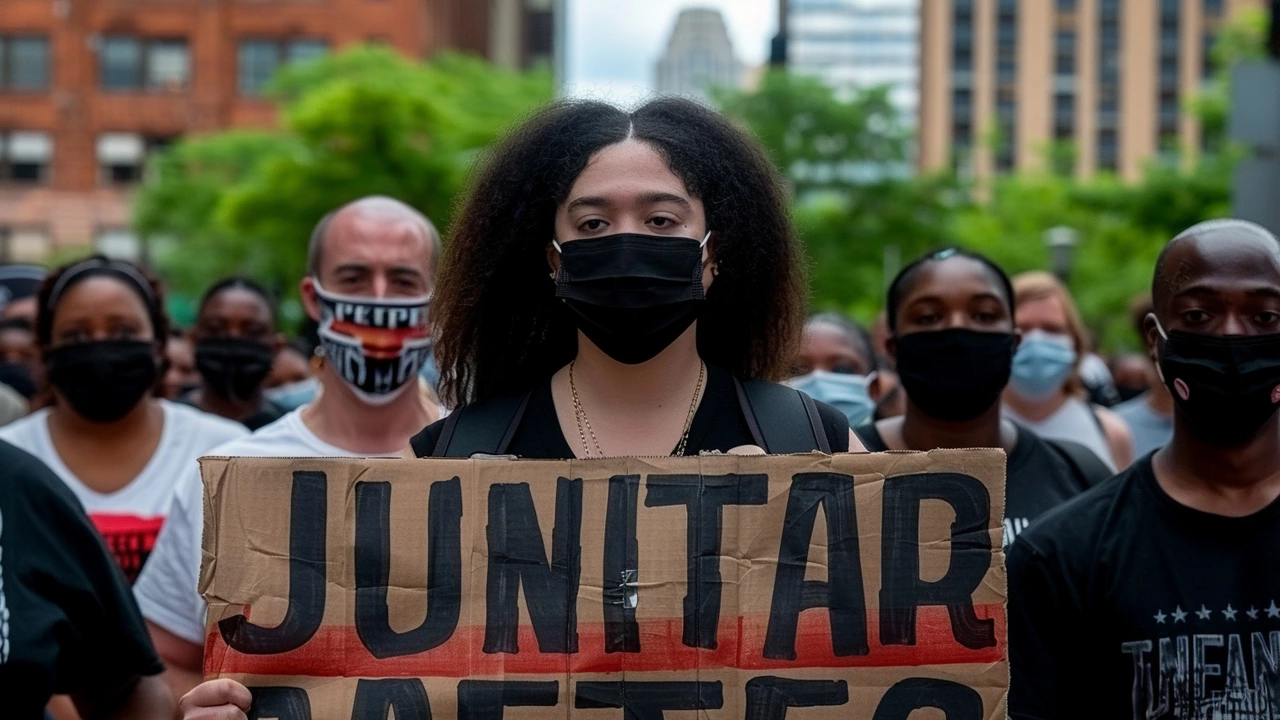Voter Suppression Explained: What It Is and How to Stop It
When you hear the term “voter suppression” you might picture a single bad actor, but it’s a set of tactics that make it harder for people to cast a ballot. The goal is simple – reduce the number of votes for a particular group or outcome. Understanding the playbook helps you spot it and push back.
Common Voter Suppression Tactics
First up, strict ID laws. Some states require photo ID that many citizens don’t have, and the process to get one can be costly or time‑consuming. Next, reduced polling places. Moving or closing locations in densely populated neighborhoods forces longer travel and longer lines, which discourages turnout.
Purging voter rolls is another tool. Officials remove names they claim are inactive, but the criteria are often vague, leading to eligible voters being struck off. Then there are limited early‑voting windows and fewer drop‑off points for mail‑in ballots, squeezing the time voters have to vote.
Lastly, aggressive voter‑challenger laws allow poll workers to question a voter’s eligibility on the spot, creating confusion and intimidation. Each of these moves chips away at participation, especially for minorities, the elderly, and low‑income voters.
How You Can Help Stop Voter Suppression
Start by checking your registration status well before Election Day. Most states have an online portal you can use to confirm details and fix errors. If you spot a mistake, correct it early – waiting until the last minute can leave you stuck.
Know the ID requirements in your state and plan ahead. If a photo ID is needed, gather the documents now and apply for the card early. Many local nonprofits offer free assistance, so reach out if costs are a barrier.
Volunteer at a polling place or with a ballot‑drop‑off site. Your presence can deter overly aggressive questioning and help answer fellow voters’ questions. If you can’t get to the polls, consider absentee or mail‑in voting where it’s allowed, and follow the instructions meticulously to avoid disqualification.
Stay informed about any changes to voting laws. Local news, civic groups, and official election websites post updates whenever a new rule is proposed or enacted. When you hear about a closed polling site in your area, spread the word so neighbors know where to go.
Finally, support organizations that fight voter suppression legally and through education. Donations, phone banking, or simply sharing their alerts can amplify the impact. The fight isn’t just about a single election – it’s about keeping the whole democratic process healthy.
Voter suppression thrives on confusion and complacency. By staying aware, checking your details, and helping others navigate the system, you become part of the solution. Every vote counts, and every person who knows how to protect their right makes the whole system stronger.

Juneteenth 2023: Ongoing Legal Threats Undermine Black Participation in Democracy
As Juneteenth is celebrated, legal threats to Black participation in democracy continue to persist. Despite progress in the fight for racial equality, voter suppression tactics like ID laws, roll purges, and limits on early voting disproportionately impact Black communities. The weakening of the Voting Rights Act and gerrymandering further exacerbate these challenges, calling for urgent protection of Black voting rights.
View More



